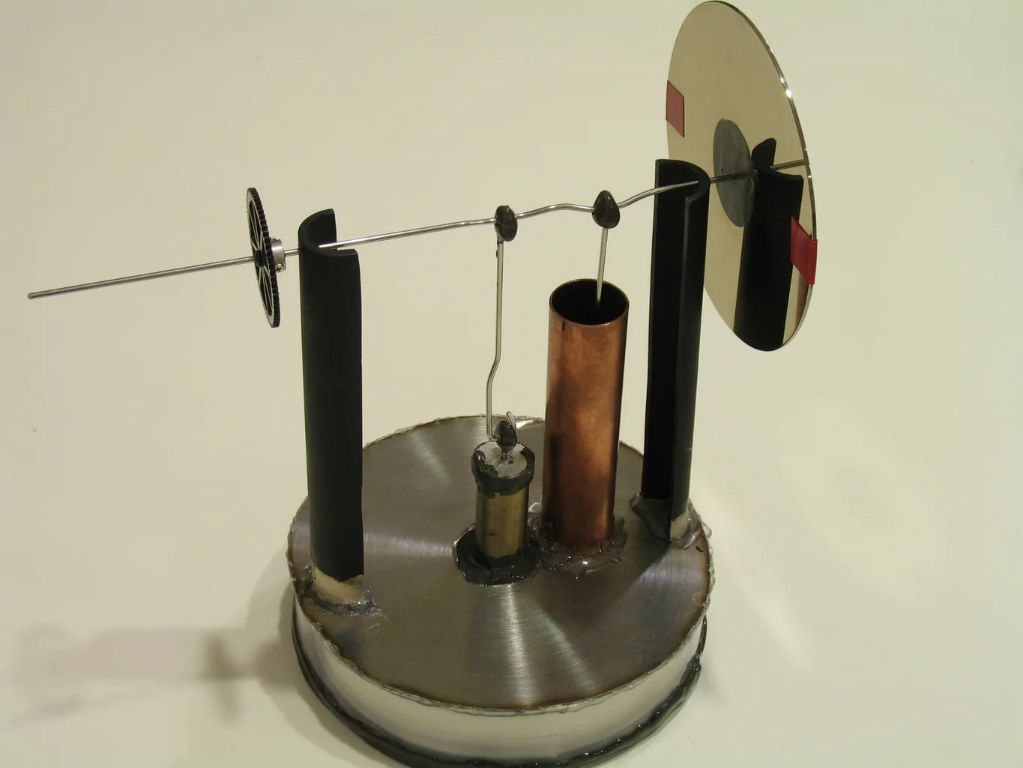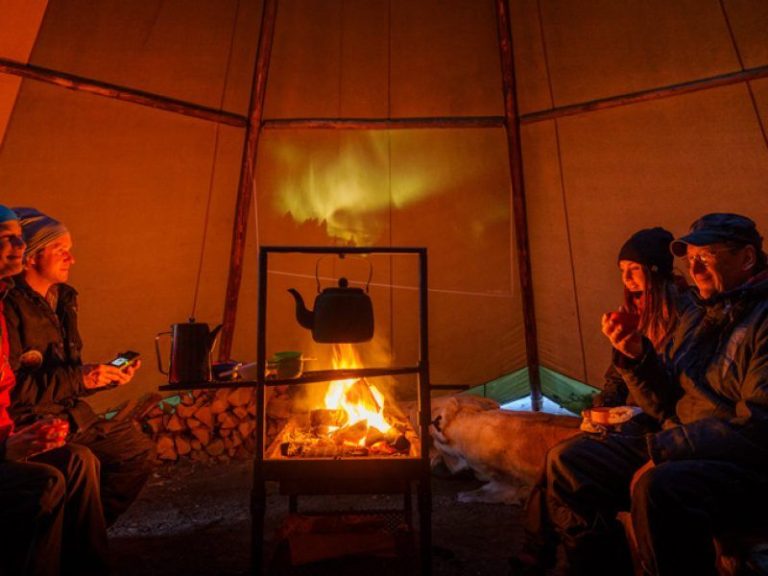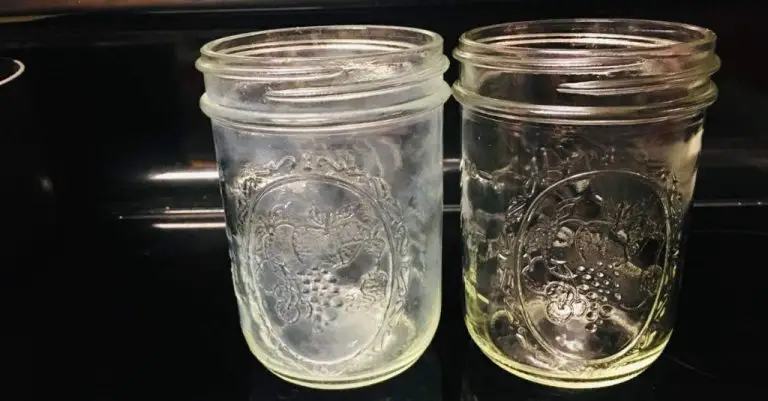How Does A Candle Engine Work?
What is a candle engine?
A candle engine is a simple heat engine that uses the heat of a candle flame to generate motion and mechanical energy. Candle engines serve as an educational tool to demonstrate the conversion of thermal energy into kinetic energy, as well as a charming novelty item.
The candle engine was invented in the early 1800s as steam engines began to proliferate. Inventors sought simpler methods to demonstrate the concept of converting heat into motion. The candle engine operates on the same principle as any heat engine, using the temperature difference between a heat source and a sink to generate power. However, the candle flame provides a far simpler heat source than coal or wood.
Unlike most engines, a candle engine does not burn fuel internally. Rather, it converts heat from an external flame source into motion. As the candle heats portions of the engine, the materials expand at different rates, creating pressures that push components and generating rotation. This produces work through the engine’s crankshaft. Though extremely inefficient, a candle can power the engine for several minutes before the flame is exhausted.
How does a candle provide power?
A candle produces power through the chemical reaction of combustion. When the wick of a candle is lit, it melts the nearby wax. This liquid wax is then drawn up the wick via capillary action. As the liquid wax reaches the flame, it vaporizes and mixes with oxygen in the air. This wax vapor then undergoes combustion, which is an exothermic chemical reaction between a fuel and an oxidant.
In the case of a candle, the fuel is the wax vapor, and the oxidant is the oxygen in the air. These reactants combine and ignite, producing new chemical compounds like carbon dioxide and water vapor. This combustion reaction gives off energy in the forms of both heat and light. The visible flame and emitted light are manifestations of this released energy. The heat from the flame also keeps the wax in a liquid state so it can continue being drawn up the wick to fuel the combustion reaction. This chemical process converts the stored chemical energy in the wax into useful energy outputs that can potentially be harnessed for mechanical work.
Key Components
A candle engine has several key components that work together to convert the chemical energy in wax into mechanical energy.
Wick
The wick is a cord made of fibers that runs through the center of the candle. It absorbs melted wax via capillary action and draws it up to the burning tip of the wick, where vaporized molecules ignite. This creates the flame that provides the heat to power the engine.
Candle Body
The candle body is made of wax, tallow, or another flammable material that melts at a relatively low temperature. As the wick burns, the candle body melts and provides fuel to sustain the flame. The melting point of the fuel determines the operating temperature range of the engine.
Pistons
Metal pistons are positioned above the candle. As the candle heats the air above it, the hot air expands and pushes up against the pistons, driving them to move up and down. This reciprocating motion can then be converted into rotational motion with a crankshaft.
Crankshaft
A crankshaft is connected to the pistons via linkages. As the pistons move up and down, the crankshaft rotates, allowing the linear motion of the pistons to be converted into rotational motion to drive gears or other components.
Candle Selection
The type of candle used is crucial for generating efficient power output in a candle engine. Three key factors to consider when selecting candles are the wax type, wick type, and candle shape.
The wax composition affects how quickly and uniformly the candle burns. Common waxes used include paraffin, beeswax, soy wax, palm wax, and gel wax. Paraffin burns slowly and evenly, while natural waxes like beeswax burn faster and hotter. The melting point of the wax also determines the burn rate.
Wick types are categorized by material, braiding, and thickness. Cotton and paper fiber wicks are common. A braided or flat wick shape provides an optimal surface area for combustion. Wick diameter ranges from small to oversized. A wick too small will drown and sputter, while an oversized wick can create excess sooting.
As for candle shape, cylindrical pillars, tapers, and votives are typical. A pillar candle burns slowly from the top surface, concentrating heat. Votive candles produce a broader flame cone for better heat dispersion. The shape impacts variables like burn rate, melting point, and positioning in the engine.
Igniting the Candle
Properly lighting the candle is a critical step in ensuring the engine operates efficiently. There are a few common methods used to ignite candle engines:
Match – Using a match is the simplest way to light the candle. Care should be taken to hold the match at the wick until it fully ignites.
Flint Spark Lighter – This tool uses a flint wheel and steel striker to generate sparks and safely light the wick.
Magnifying Glass – Focusing sunlight through a magnifying glass onto the wick can provide the concentrated heat needed for ignition.
No matter the lighting method, it’s important to ensure the candle wick is fully lit and the flame is even across the entire wick. An partially lit wick will produce insufficient heat for the engine and result in poor performance.
Heat Capture
A key component of how a candle engine works is capturing the heat from the burning candle and transferring it to the moving parts of the engine. The primary purpose is to heat up the pistons and crankshaft, which expand when heated and drive the motion of the engine.
There are a few design considerations around heat capture:
- The piston and cylinder need to be made of materials with high thermal conductivity like cast iron so that heat can quickly transfer from the cylinder walls to the piston.
- The piston and cylinder need to form a tight seal so that maximum heat transfer occurs through the piston walls rather than escaping around the sides.
- The crankshaft and flywheel are generally made of cast iron as well for heat absorption.
- Strategic placement of the candle/burner under the cylinder allows direct heating of the piston.
- Insulation around other areas prevents wasted heat loss.

With effective heat capture, the rapid heating and expansion of the piston and crankshaft is what drives the power stroke and running of the engine. So heat capture design is critical for generating maximum motion.
Generating motion
One of the key steps in a candle engine is converting the heat energy into mechanical motion. There are a couple main ways this is accomplished:
Expanding pistons – A piston chamber is placed above the candle flame. As the flame heats the chamber, it causes the air inside to expand. This pushes the piston upwards with force. The piston is connected to a crankshaft so the upward motion causes the shaft to rotate.
Turning the crankshaft – Some candle engines use the heating and cooling of air or water to directly turn a crankshaft. Heated air/water expands and rises up, turning vanes connected to the shaft. As it cools, the air/water contracts and falls, continuing the rotation. This is a simplified approach compared to pistons.
In both cases, the key is harnessing the heating and expanding properties of air/water to push against something, like a piston or vane, to produce rotational mechanical power. This can then be used to turn gears, wheels, or perform other work.
Efficiency Factors
To get the most power from a candle engine, it’s important to maximize useful heat transfer while minimizing heat loss. Here are some key strategies:
Maximizing Heat Usage
The candle’s flame heats the engine primarily through conduction. Materials like metals readily conduct heat. Designing parts like pistons and cylinders from metals like brass or copper can improve heat conduction from the flame.
Increasing the surface area exposed to the flame also boosts heat transfer. Fins or coils in the flame path maximize exposure.
High thermal conductivity between engine parts ensures captured heat effectively reaches points where it can do mechanical work.
Minimizing Heat Loss
Preventing heat dissipation protects the temperature gradient that drives the engine. Insulators like ceramics, asbestos, or earthenware on engine surfaces retain heat. Avoiding radiator-like structures minimizes convection losses.
Sealing air gaps in the engine prevents hot exhaust from escaping. This also improves oxygen supply to the flame.
Limiting mechanical friction reduces heat dissipated through motion. Smooth, close-fitting moving parts like pistons in well-oiled cylinders prevent rubbing friction.
Use cases
Candle engines have some interesting and fun use cases, even if they aren’t very practical for most real-world applications today due to their low power output. Here are some examples of how candle engines have been used:
Demonstrations – Candle engines are often used for educational demonstrations to showcase conversion of heat into motion. Students can observe a candle engine in action and learn about basic mechanical and thermodynamic principles. These types of hands-on demonstrations bring engineering and science concepts to life.
Low-power applications – While candles don’t provide much usable power, creative tinkerers have found ways to use candle engines to power very simple low-drain devices. For example, some have connected small candle engines to power simple electronics like LED lights and small motors. Candle engines can also be used to drive basic mechanisms like propellers for mini “steamboats.”
The future of candle power
As technology advances, innovators are finding new ways to utilize the simple power of a burning candle to create novel engines and devices. Researchers are experimenting with unique candle and chamber designs to increase efficiency and power output. Some novel approaches include using layered or structured candles to control the flame shape and heat distribution. Others are testing different materials like ceramics and metals to improve heat capture from the candle combustion. Multi-chamber engines that use a series of candles are also being designed.
While candles may seem old-fashioned, they have some advantages over other alternative energy sources. For example, candles are inexpensive to make, portable, and do not rely on batteries or electricity. This makes them appealing for use in remote areas, emergency situations, or developing regions. However, candles cannot compete with the power output of larger-scale renewable sources like solar and wind energy. The power from a candle is generally only sufficient for small-scale applications. Still, innovative candle-powered devices continue to provide unique and practical off-grid solutions for lighting, cooking, and other needs.



